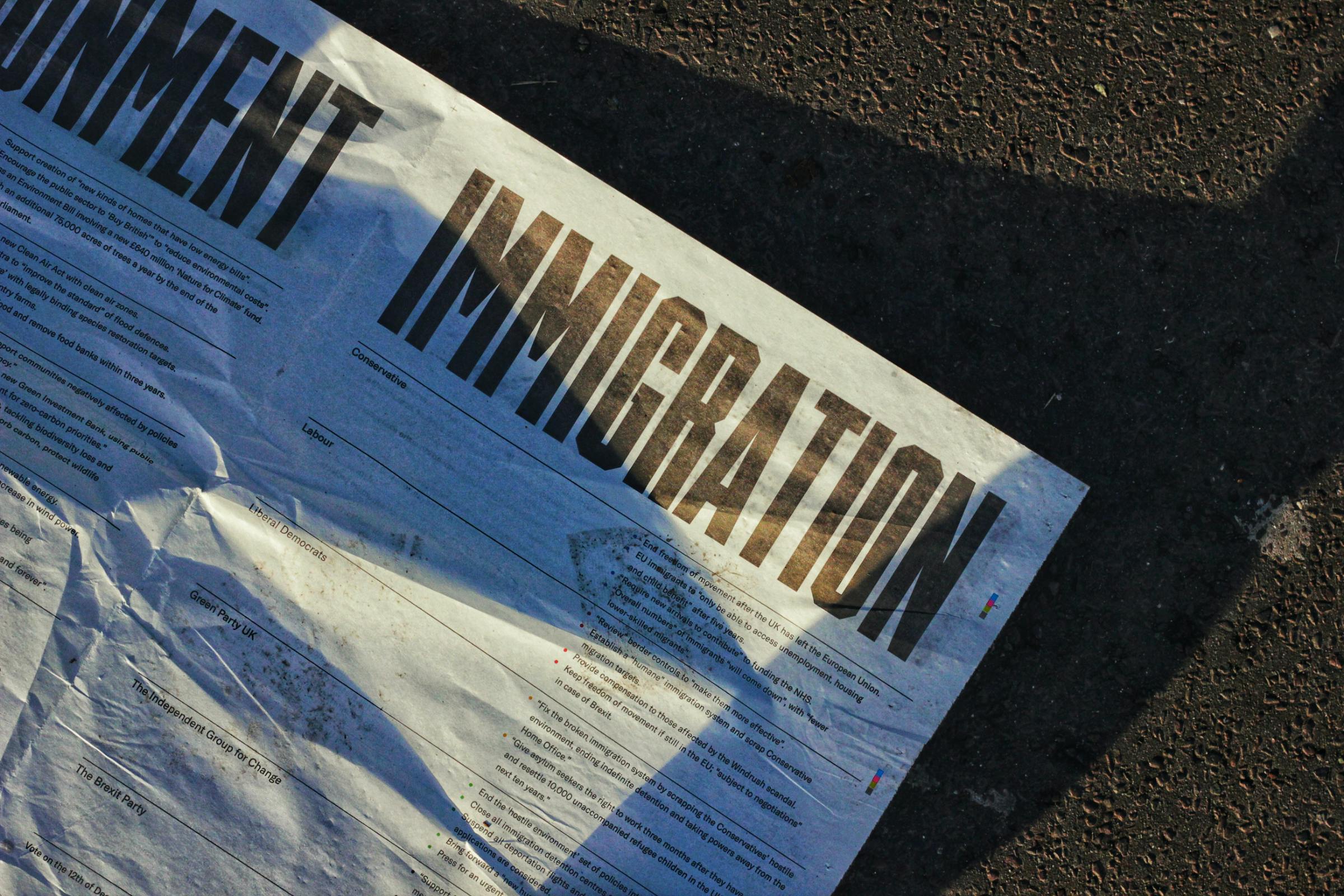May Visa Bulletin News
Cut-off dates are determined by the expected demand for visas. DOS changes the dates for specific categories that are expected to be low to allow more applicants to apply for visas in other areas. When the demand exceeds expectations, DOS will retrogress the dates to allow the supply of visas to last through the year. In those situations, applicants have to wait longer than they expected for their priority date.
Per the recently released Visa Bulletin in May 2023, the increased demand worldwide for EB-1 and -2 visas means bad news for applicants in China and India. In the next few months, their dates will retrogress to the maximum allowed under the annual limits for FY 2023.
Second preference employment-based EB-2s for Mexico, Philippines, and the rest of the world countries also retrogressed to ensure the visa numbers stay within the FY 2023 limit. Due to higher-than-expected demand from those who had priority dates that occurred before the previously established final action dates, further retrogression was the determined solution. Dates retrogressed to February 15, 2022. Third preference EB-3 final action dates for these areas are now June 1, 2022.
India Employment Second Preference and Employment Fifth Preference dates will likely retrogress as early as next month, with an effort to return final action dates in October to those announced in April.
China and India’s retrogression dates moved from June 1 to February 1, 2022, for EB-1 visas, while all other countries remain current for those priority dates.
What to Do If Your Visa is Retrogressed
The first thing to understand about retrogressions is they happen automatically, and your visa application will process when a visa becomes available. For Employment and Family Based Adjustment of Status Cases for applicants in the US and interviewed at USCIS field offices, you may continue to remain in the country while your request is pending unless you are informed otherwise. Your visa qualifies as pending adjustment, so you are allowed to apply for employment authorization and advanced parole.
It’s crucial that you keep your address updated with the National Visa Center and USCIS, as any retrogression notices and updates will be sent to the last address on file. When a visa becomes available, you’ll be notified at that location. If you haven’t updated your address since you’ve moved, be sure to send your information, including, your name, new mailing address, and date of birth to nvcinquiry@state.gov, or via mail to:
National Visa Center
ATTN: Written Correspondence
31 Rochester Ave, Ste. 200
Portsmouth, NH 03801-2912
Updating your address with USCIS is completed online by filing Form AR-11, Change of Address.
What’s Next?
If you have an EB-2 I-140 pending and you filed between July 1 and December 1 of 2022, you must get your application filed quickly. Our professional experts at Visa2US are ready to help you understand your new time limits and the steps you must take.
Those on J-1, F-1, and OPT status must analyze their timelines for I-485 filing to ensure it doesn’t adversely affect their work authorization due to expirations.
Since families with separated relatives overseas remain apart during the entire retrogression period, you may need to consider another way to get into the US through cap-exempt employment. Contact the immigration experts here at Visa2US to see what your options are today.














